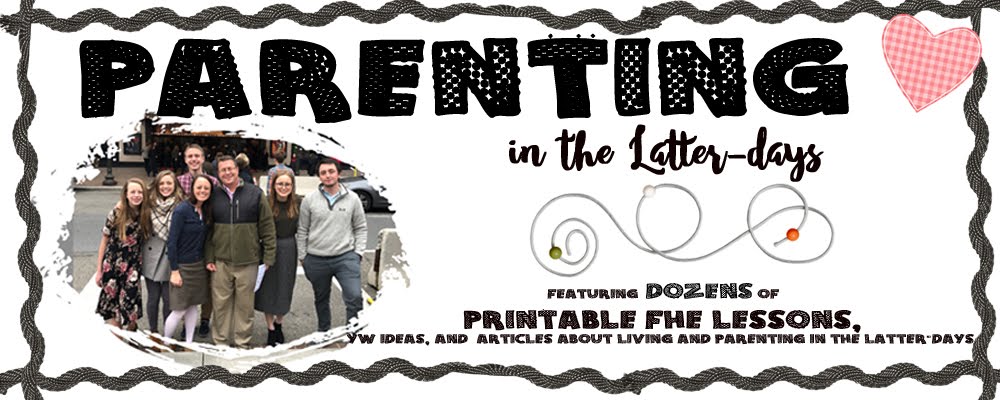based on a lesson taught in a stake youth teacher training meeting (1/11/2014)
What’s the difference? How do you prepare a gospel feast?
1. Planning starts long before the eating begins-- just as you can’t expect to throw together a feast of food without many hours of preparation, you certainly can’t expect to prepare a lesson that is a gospel feast without having spent many hours studying, praying, and preparing to teach.
2. Invitees are kept in mind throughout the prep time-- Just as TV dinners are meant to be easy and not particularly delicious or individualized, the old method of teaching incorporated a one-size fits all approach. Follow the lesson plan exactly and you have done your job. Planning a feast requires thought and concern taken for the individuals you are feeding. Do you have students with different learning styles? Do you know what’s on your students’ minds? The more you know them, the more you can tailor your teaching to meet their spiritual needs.
3. There is a choice and variety of foods-- You either like a tv dinner or you don’t, while a feast is bound to have at least a few things you like. When teaching is done in a variety of ways (auditory, visual, and kinesthetic approaches) you are more likely to connect with all the students in your class. Church videos, notebooks for them to write things down, music, etc. can all be powerful tools to help teach the gospel in a variety of ways that will not leave anyone without some gospel food for thought.
4. Use the finest fresh ingredients-- While a tv dinner is made with ingredients that are the least likely to spoil, a feast is made with ingredients that will give the food the best nutirition and flavor. A gospel feast should also be prepared with the best ingredients--recent general conference talks, scriptures, videos, music, and other church approved materials. Real-life stories should be shared as often as possible and no lesson should be complete without discussing what the lesson means to them right here and right now in their lives.
5. Doesn’t end when the meal is over-- When a tv dinner is done, it is done. You throw away the wrappers and will likely never think of it again. Lessons without substance and follow-through are much the same way. Find ways to engage your students in the gospel feast--not only during the lessons, but in the prep time and in the follow-through and that is gospel food that will not be soon forgotten.
6. Remember that you are preparing future gospel “chefs”-- Not only are you helping to prepare them to grow to be spiritually vibrant adults, but you are preparing them to be the missionaries, gospel leaders and teachers, and mothers and fathers of tomorrow. They not only need gospel food of the highest quality--food that will enrich their hearts and minds, but they also need to be given opportunities to learn to prepare it themselves. This often takes even more work than just teaching the material yourself, but it is invaluable experience for them to have the practice doing it.
Some other tidbits about teaching:
We are teaching future spiritual Olympians who need the finest gospel nutrition to prepare them for the future.
Asking questions: If you know the answer before you ask, then it’s probably not a good question. Questions should be thought provoking and meant to engage the students.
Involve families: Send email and/or text messages after the lesson is over with follow-up questions that the family can ask
Love the class as a whole and the individual students
Take your students’ “pulse” at the beginning of each class period by allowing students to talk for 2-3 minutes. Listen to what they have to say.
Invite, Ignite, and Inspire. Don’t force.

